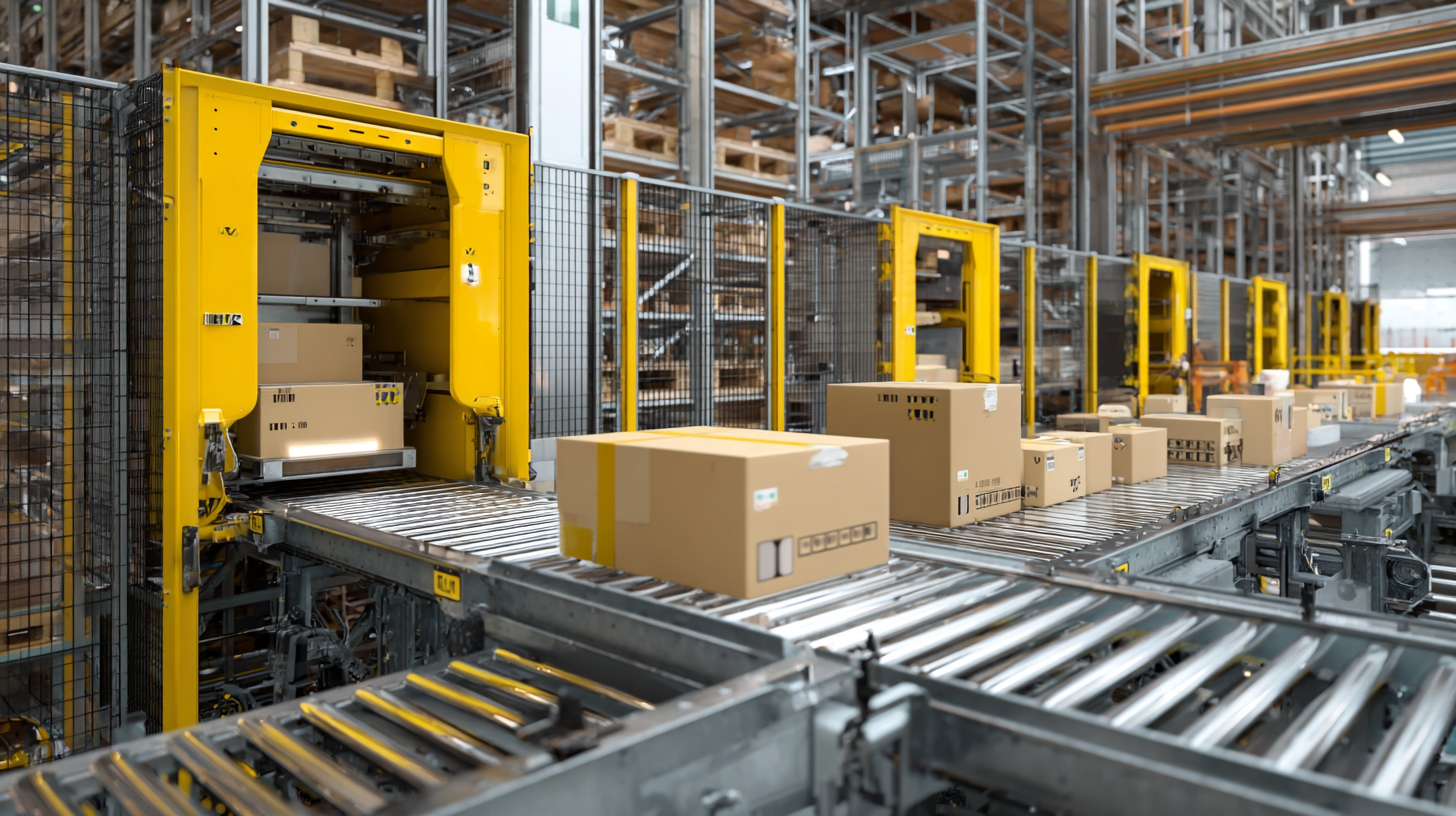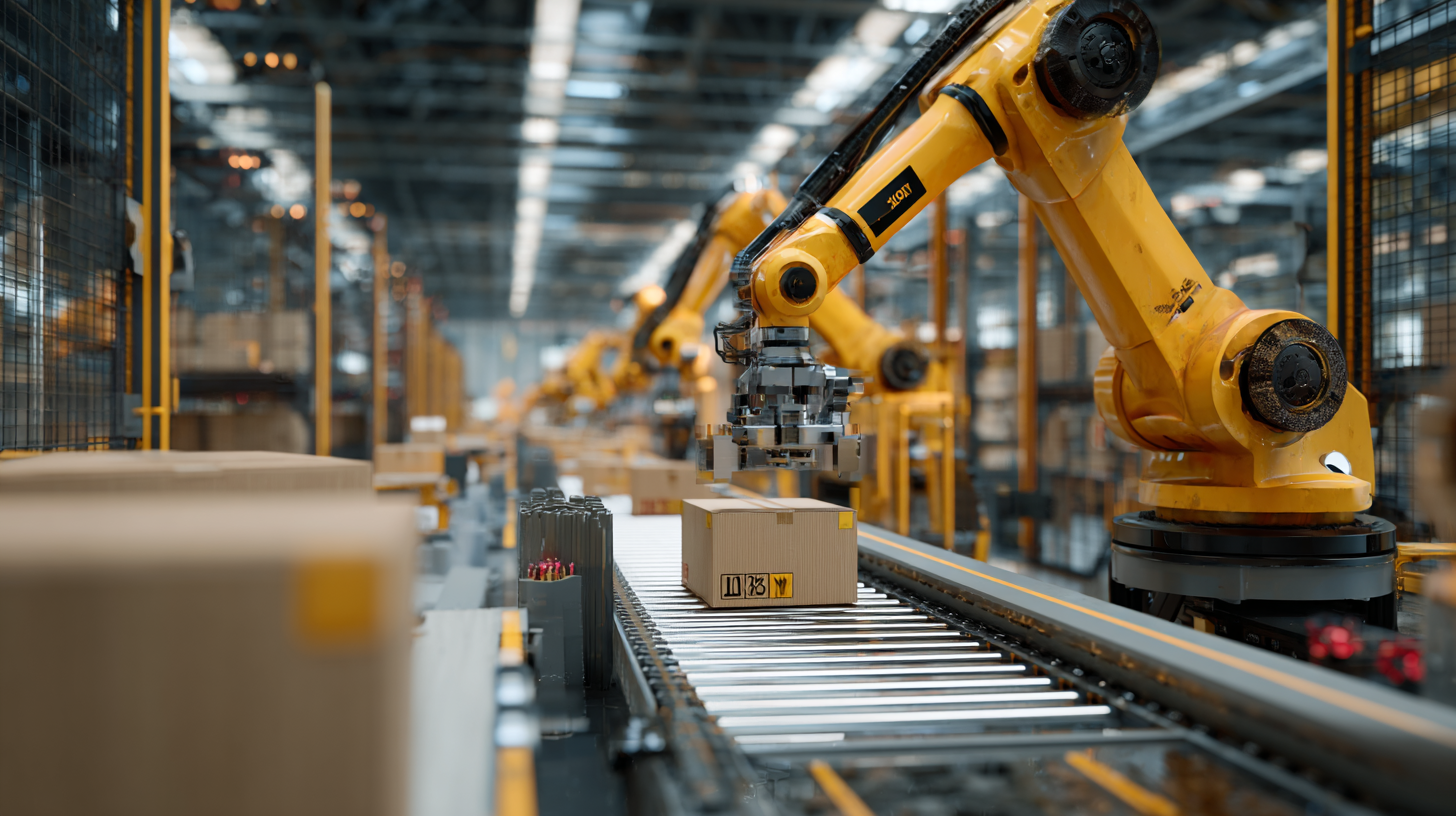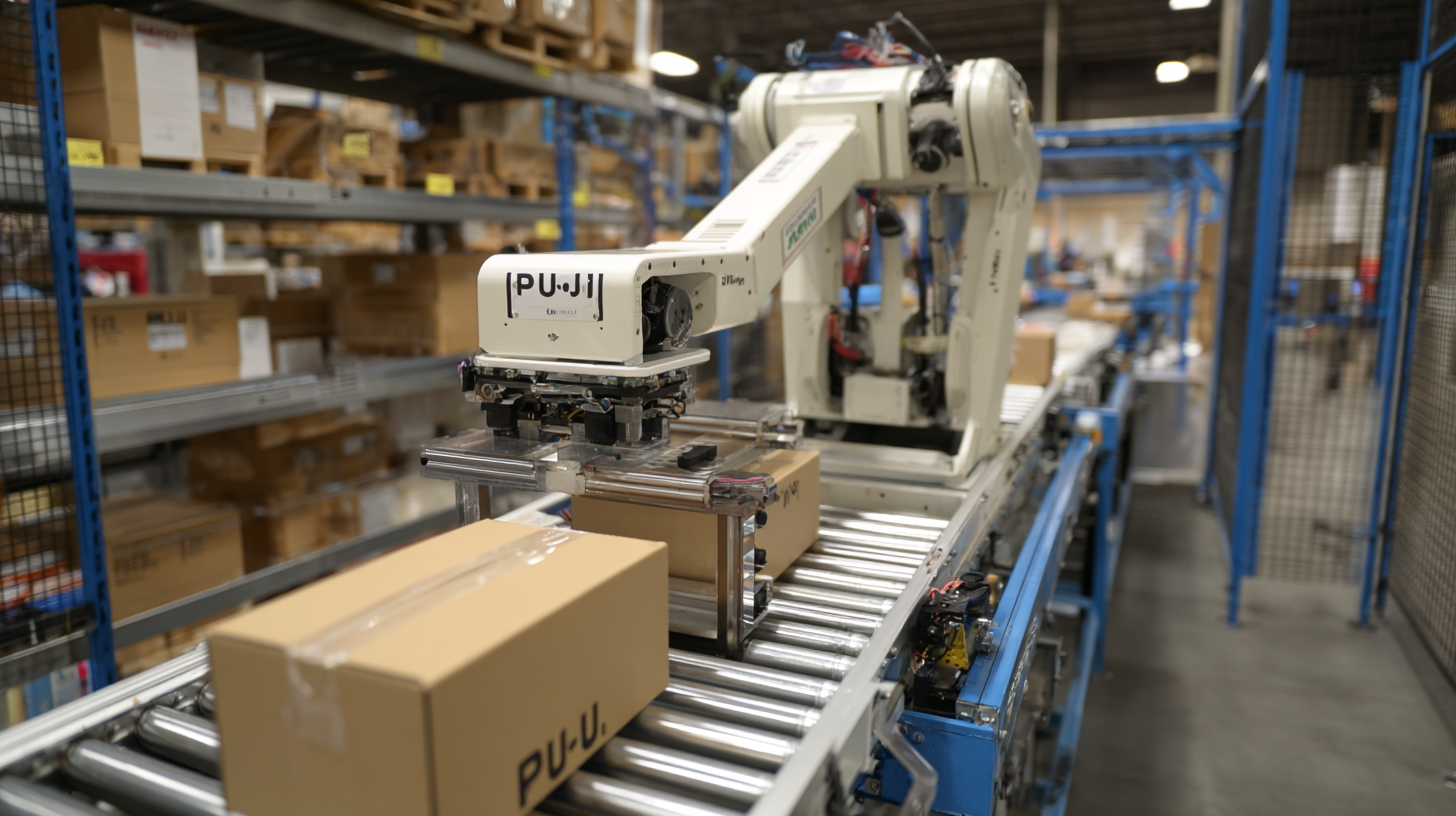Mastering Efficiency: A Step-by-Step Guide to the Best Picking Robots for Your Warehouse
In today's fast-paced logistics environment, the adoption of
Picking Robots has emerged as a pivotal strategy for enhancing
warehouse efficiency and operational throughput. According to a recent report by the
International Federation of Robotics, the global market for warehouse
robots, including picking robots, is projected to reach $30 billion by 2024, reflecting a
compound annual growth rate (CAGR) of over 20%. This surge is largely due to the increasing demand
for automation solutions that can streamline order fulfillment
processes and reduce labor costs. As warehouses face mounting pressure to meet consumer expectations for
rapid delivery, the implementation of advanced picking technologies is not just an option but
a necessity. This guide aims to provide a comprehensive overview of
the best picking robots available, equipping warehouse operators with the knowledge to optimize their
operations and stay ahead in an increasingly competitive market.

Identifying Key Automation Needs in Modern Warehousing Operations
In today's fast-paced warehousing operations, identifying key automation needs is crucial for enhancing productivity and efficiency. Modern warehouses face unique challenges, including increased demand, labor shortages, and the need for accuracy. Understanding where automation can play a role is the first step towards mastering efficiency. Begin by evaluating your current workflow and pinpointing bottlenecks that hinder productivity. Focus on tasks that are repetitive, time-consuming, or prone to human error; these are prime candidates for automation.
Tip: Conduct a comprehensive analysis of your inventory management processes to identify areas where picking robots can be integrated. This not only streamlines operations but also allows your workforce to focus on more strategic tasks.
Moreover, consider the scale of your operation and the types of products you handle. Different picking robots are designed for various applications, so matching the right robot to your needs will maximize return on investment. Automation can significantly improve picking speed and accuracy while reducing labor costs.
Tip: Attend demonstrations or webinars to get firsthand experience of different picking technologies. Engage with suppliers to learn about their success stories and how their solutions can fit into your unique warehouse configuration.
Evaluating Picking Robots: Key Features and Performance Metrics
When evaluating picking robots for warehouse efficiency, it’s crucial to consider key performance metrics that can significantly impact operational productivity. These metrics often include speed, accuracy, and adaptability to various picking tasks. For instance, advanced gripper technology that allows for simultaneous multi-object grasping can enhance throughput when dealing with diverse inventory, while machine learning-driven algorithms can optimize navigation and item identification, leading to reduced errors in order fulfillment.
Moreover, the integration of Artificial Intelligence greatly expands a robot's capabilities. By incorporating learning-enabled components, robots can continuously improve their picking strategies based on real-time data, making them more effective over time. Evaluating these aspects not only involves quantitative measures but also qualitative assessments of how robots interact with human operators and diverse warehouse environments. Therefore, when selecting a picking robot, it's essential to analyze both the technical specifications and the practical implications of their deployment in actual warehouse scenarios.

Cost Analysis: ROI for Investing in Picking Robot Solutions
Investing in picking robots for warehouses can significantly improve operational efficiency, but understanding the return on investment (ROI) is crucial before making the leap. According to a report from the MHI Annual Industry Report, warehouses that integrate automated systems can increase output by up to 30% while simultaneously reducing labor costs by approximately 20%. This financial upside makes a compelling case for adopting picking robots, especially in environments that experience fluctuating demand.
Tip: Before investing, conduct a detailed cost-benefit analysis. Factor in not only the initial purchase price but also maintenance costs, training, and potential labor savings. Identifying the payback period is essential; many businesses see ROI within three to five years after implementing robotic systems.
One notable example is that of a logistics company that deployed autonomous mobile robots (AMRs) and reported a 200% increase in picking speed. These robots can work around the clock and handle varying payloads, leading to less downtime and an agile response to inventory challenges. This adaptability can prove essential in today’s fast-paced market.
Tip: Consider the scalability of your robotic solutions. As your business grows, being able to easily integrate additional robots or upgrade existing systems can maximize your investment and help maintain that competitive edge.
Industry Case Studies: Successful Implementation of Picking Robots
In recent years, the implementation of picking robots in warehouses has transformed operations, enhancing both speed and accuracy. Companies like Amazon and Ocado have set the standard by integrating advanced robotic systems into their logistics processes. Amazon's Kiva robots, for instance, allow for systematic retrieval and transportation of products, significantly reducing the time required for order fulfillment. A case study of Ocado reveals that their proprietary robots operate in tandem with AI and machine learning, optimizing the selection process and managing inventory with remarkable precision.
Another notable example is Walmart, which has been experimenting with automated systems in select warehouses. Their use of autonomous mobile robots not only speeds up the picking process but also lowers labor costs. This strategic move not only aligns with their efficiency goals but also assists in meeting the increasing consumer demands for faster delivery. These industry case studies illustrate that picking robots are not merely an investment in technology but a crucial component of modern logistics that can lead to substantial improvements in operational efficiency and customer satisfaction.
Mastering Efficiency: A Step-by-Step Guide to the Best Picking Robots for Your Warehouse - Industry Case Studies: Successful Implementation of Picking Robots
| Industry |
Robot Type |
Efficiency Improvement (%) |
Cost Savings (%) |
Implementation Time (Months) |
| E-commerce |
Automated Guided Vehicles (AGVs) |
30% |
20% |
6 |
| Retail |
Mobile Picking Robots |
25% |
15% |
4 |
| Healthcare |
Robotic Arm Systems |
40% |
10% |
8 |
| Manufacturing |
Collaborative Robots (Cobots) |
35% |
18% |
5 |
| Food & Beverage |
Autonomous Mobile Robots (AMRs) |
32% |
22% |
7 |
Future Trends in Picking Robotics: What to Expect in Warehouse Automation
As warehouses continue to embrace automation, the future of picking robotics looks promising. With advancements in artificial intelligence and machine learning, robots are becoming increasingly sophisticated. Future trends indicate that we will see more collaborative robots, or cobots, working alongside human staff, improving efficiency while ensuring safety. This synergy between humans and machines is poised to revolutionize the picking process, making it faster and more accurate.
Tip: When considering picking robots for your warehouse, assess the specific needs of your operations. Analyze factors such as the types of products you handle, your warehouse layout, and your budget. A customized solution can significantly enhance productivity and reduce operational costs.
Emerging technologies in robotics, such as computer vision and advanced sensor integration, are set to enhance the capabilities of picking robots. These innovations will enable robots to navigate complex environments and interact effectively with human workers. Staying updated on these technologies can help warehouse managers make informed decisions and adopt solutions that drive efficiency.
Tip: Keep an eye on industry trends by attending trade shows and webinars focused on warehouse automation. Networking with other professionals and learning about new products can provide valuable insights and inspiration for your own operations.
Mastering Efficiency: Best Picking Robots in Warehouse Automation
This chart illustrates the efficiency metrics of various picking robots based on their picking speed and accuracy in warehouse settings. The data represents how modern picking robots are enhancing productivity in warehouse automation.











